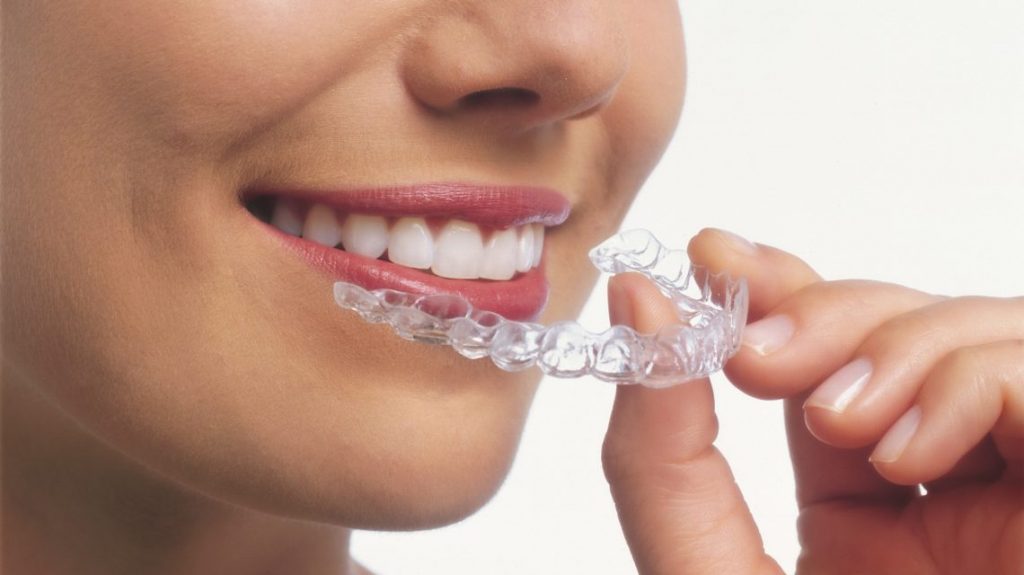When it comes to your children’s oral health, you’ll do anything to ensure they have healthy smiles. The benefits of straight, well-kept teeth are numerous. Aside from leading to healthier gums and teeth, a straight smile can do wonders for someone’s self-confidence and overall standard of living. So, there’s really no question: When your orthodontist suggests an advanced orthodontic procedure to straighten your child’s teeth, you will say, “Yes!” The only question that remains is, “Which procedure is right for my child?”
When it comes to teeth alignment for your children (as well as yourself!) there are variables to consider. Two of the most common approaches are traditional braces and Invisalign. While both will properly straighten teeth, the journey to get there is slightly different. Let’s take a look at some comparisons between braces and Invisalign.
Appearance

Braces are typically made of a silver metal, though there are different colours you can choose from. Alternatively, some people will opt for clear braces, which are made of ceramic and resemble the colour of your teeth
Invisalign aligners are clear and virtually invisible. Hardly anyone will even notice them in your or your child’s mouth; friends and schoolmates will never know they’re undergoing orthodontic treatment.
Comfort
Braces may cause your child to experience some discomfort or tenderness in your mouth from the wires, brackets, or tooth movement. This discomfort is temporary, however, and it will go away a few days after installation.
Invisalign aligners are made of a smooth plastic that won’t irritate gums or cheeks. Your child may still experience some tenderness for the first few days because of teeth movement, but that too will fade.
Treatment Goals
Braces are designed to correct complex alignment issues and work fast at closing gaps in your teeth.
As a less-invasive orthodontic treatment, Cheapest Invisalign Edmonton is best used for uncomplicated teeth adjustments.
Treatment Time
Braces are not removable and your child will wear them for an average of two years.
Invisalign aligners can be removed—for example, before meals and to brush teeth—and are worn at least 22 hours a day for approximately six to 18 months.
Food Restrictions

Braces are made up of brackets and wires that can (and will!) present a challenge to dental hygiene, especially when it comes to certain foods. Anything overly crunchy or sticky will have to be avoided.
Your child should remove Invisalign aligners before eating, which means there are no limitations on the foods they can eat. They just can’t forget to put the aligners back in afterwards!
Cost
The cost of braces is between $4,000 and $10,000, but it will depend heavily on the type of braces you select, the condition of the teeth to be straightened, and your child’s age.
The average cost of Invisalign aligners is $8,000.
Maintenance
When it comes to maintaining braces, your child will need to brush the brackets and wires while brushing their teeth. A water flosser or mouthwash can also be helpful to clean hard-to-reach places in and around the brackets.
To clean Invisalign aligners, your child can simply remove them. They can either use the Invisalign Cleaning System or brush and rinse the trays with warm water.
Follow-Up
While your child has braces, expect to visit the orthodontist every four to six weeks to have the bands and wires changed as needed.
If your child opted for Invisalign, they’ll be changing their custom-made aligner trays every week and will only need to visit the orthodontist every eight to ten weeks.
At the end of the day, braces and Invisalign are both great options for straightening teeth. Talk with your orthodontist about which method is best for your child, but know that regardless of which method you choose, you’ll be working with trained professionals who have your child’s health in mind.



